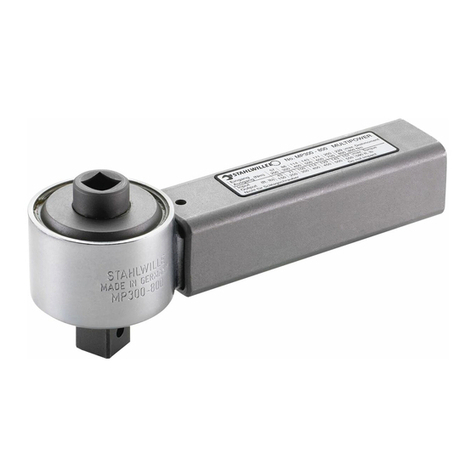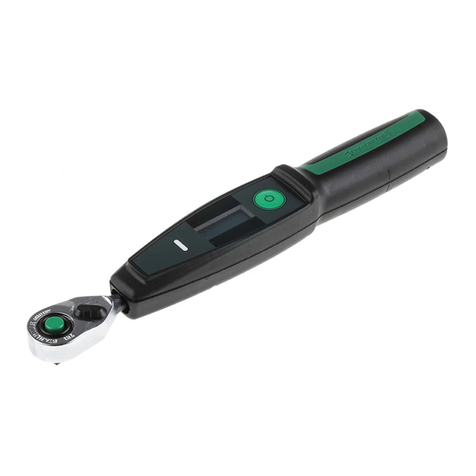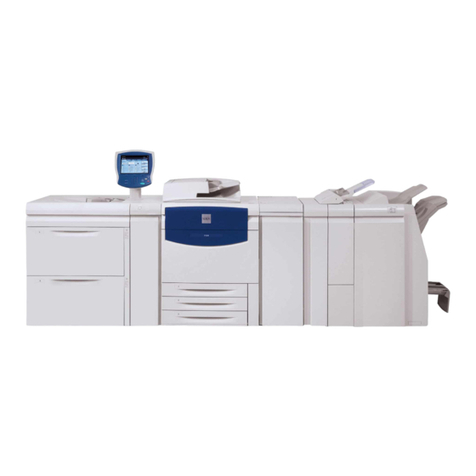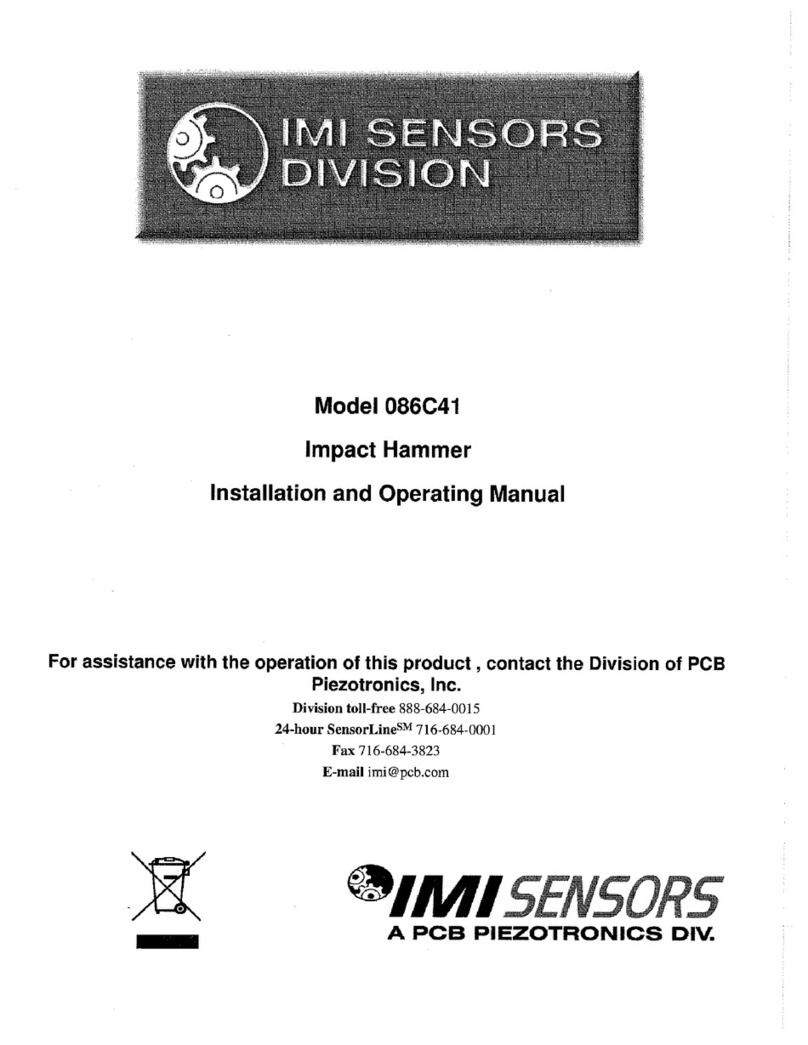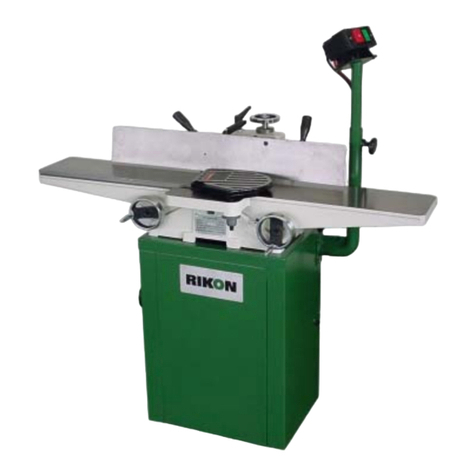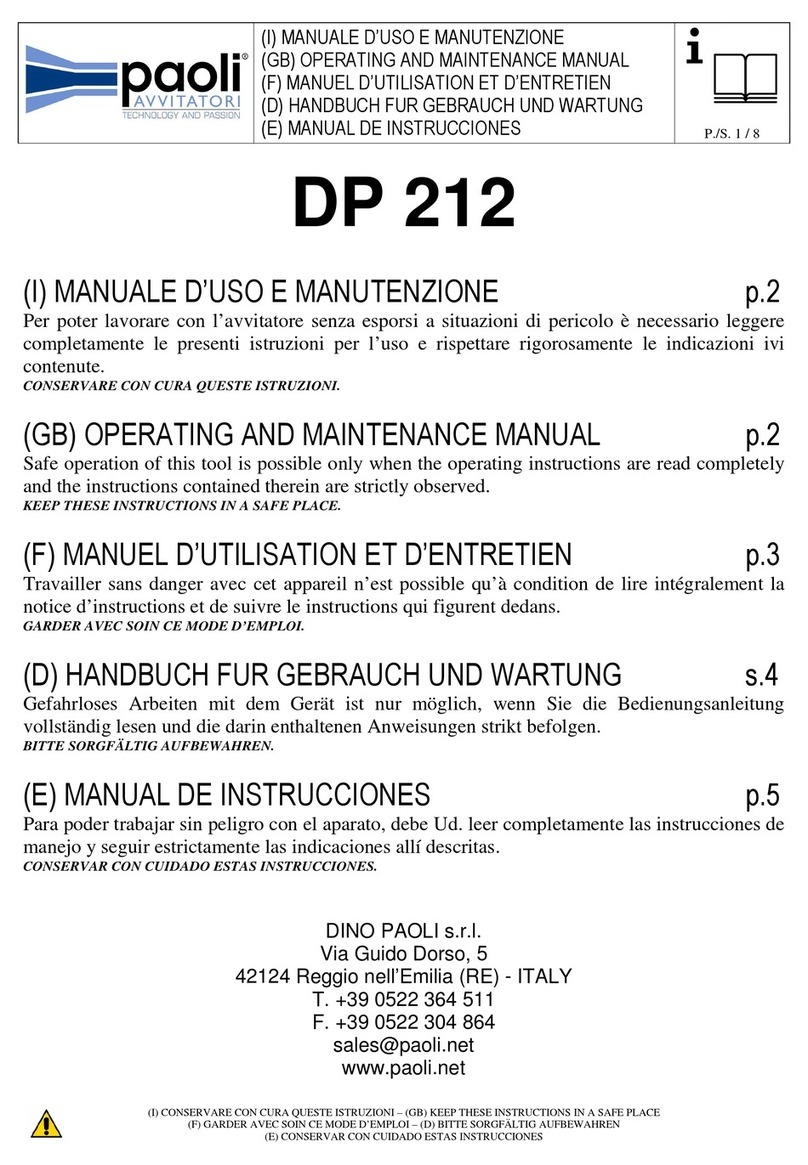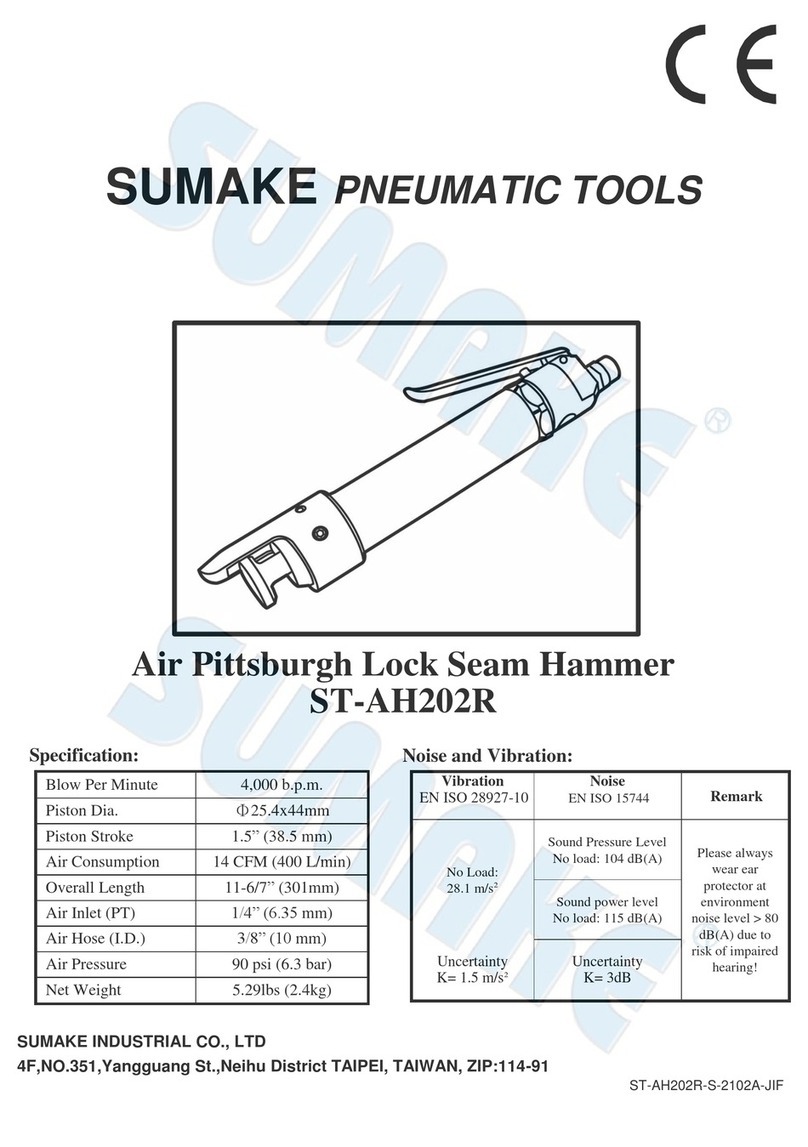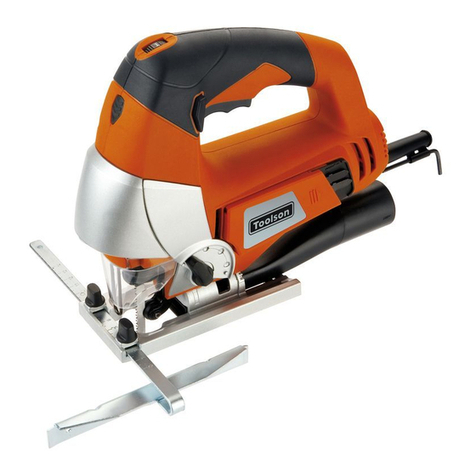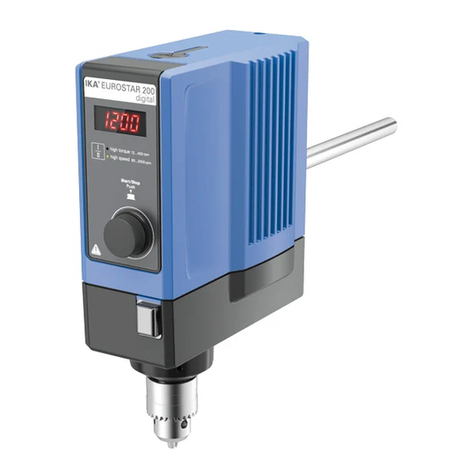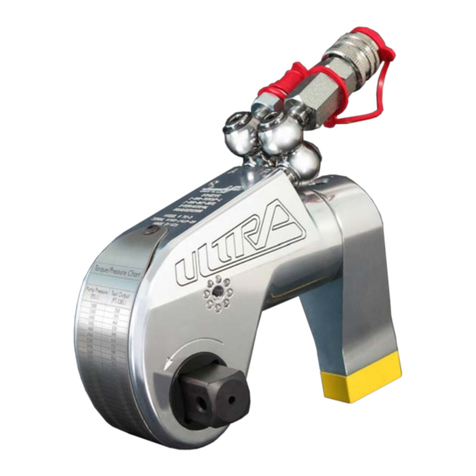Stahlwille Manoskop 721/5 User manual




















This manual suits for next models
3
Table of contents
Other Stahlwille Power Tools manuals

Stahlwille
Stahlwille MANOSKOP 714 User manual
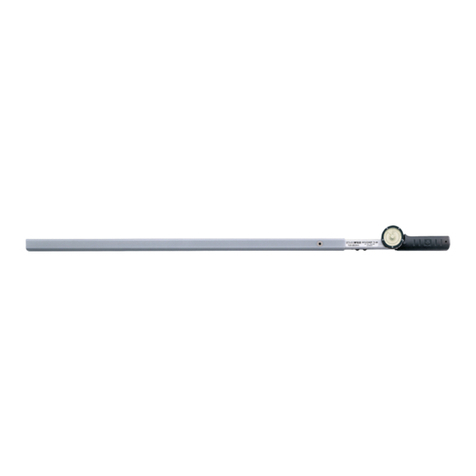
Stahlwille
Stahlwille Manoskop 71/80 User manual
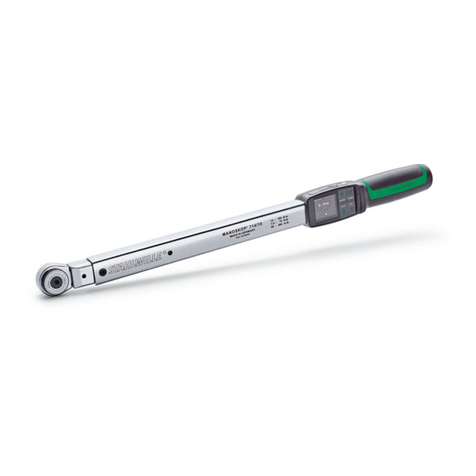
Stahlwille
Stahlwille MANOSKOP 714 User manual

Stahlwille
Stahlwille MANOSKOP 730D How to use
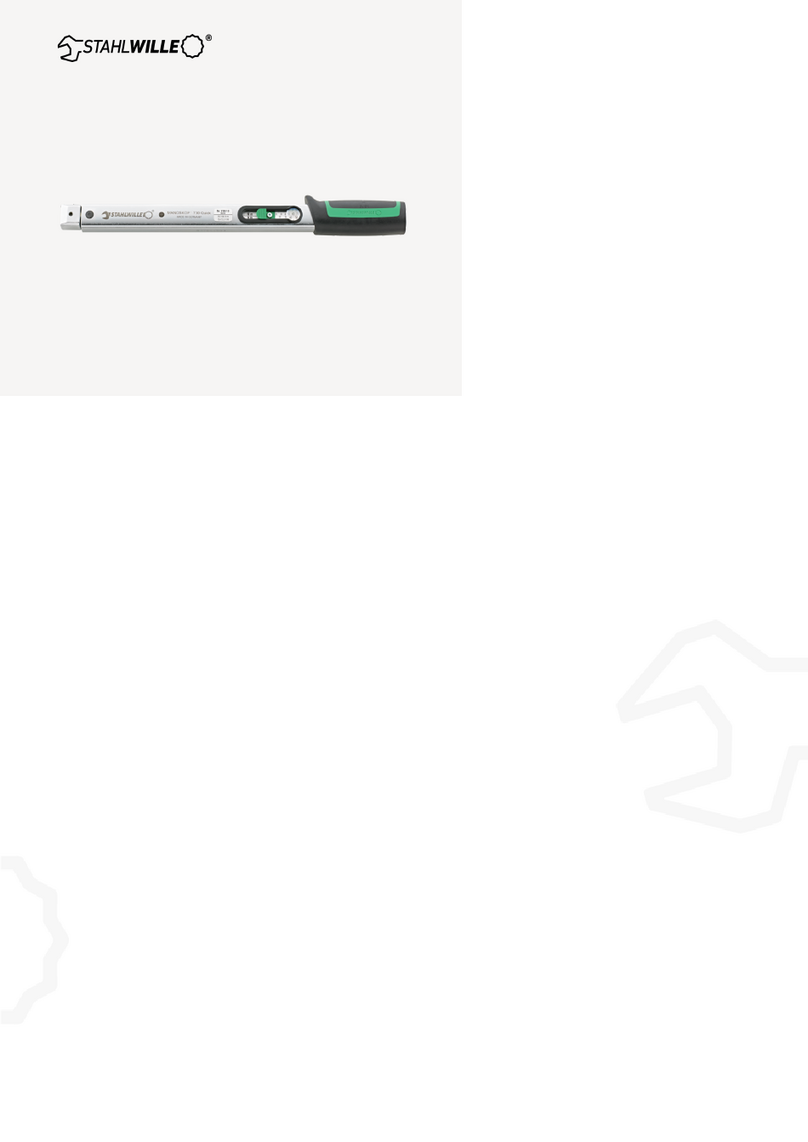
Stahlwille
Stahlwille MANOSKOP 730a/10 Quick User manual
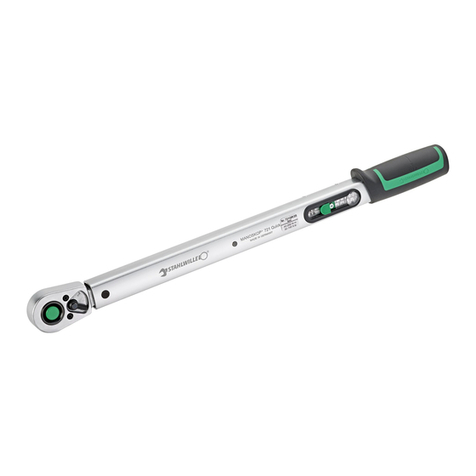
Stahlwille
Stahlwille MANOSKOP 721 Quick User manual
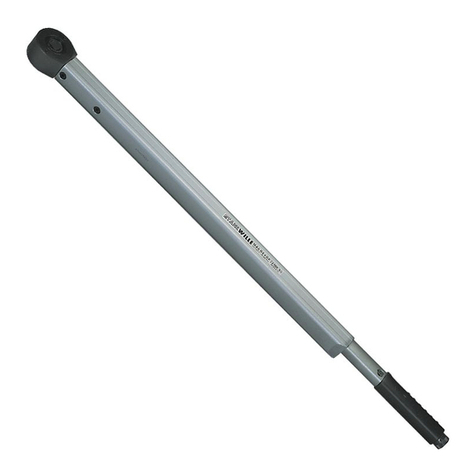
Stahlwille
Stahlwille Standard Manoskop 720 Nf/80 Parts list manual

Stahlwille
Stahlwille Standard Manoskop 720 Nf/80 User manual
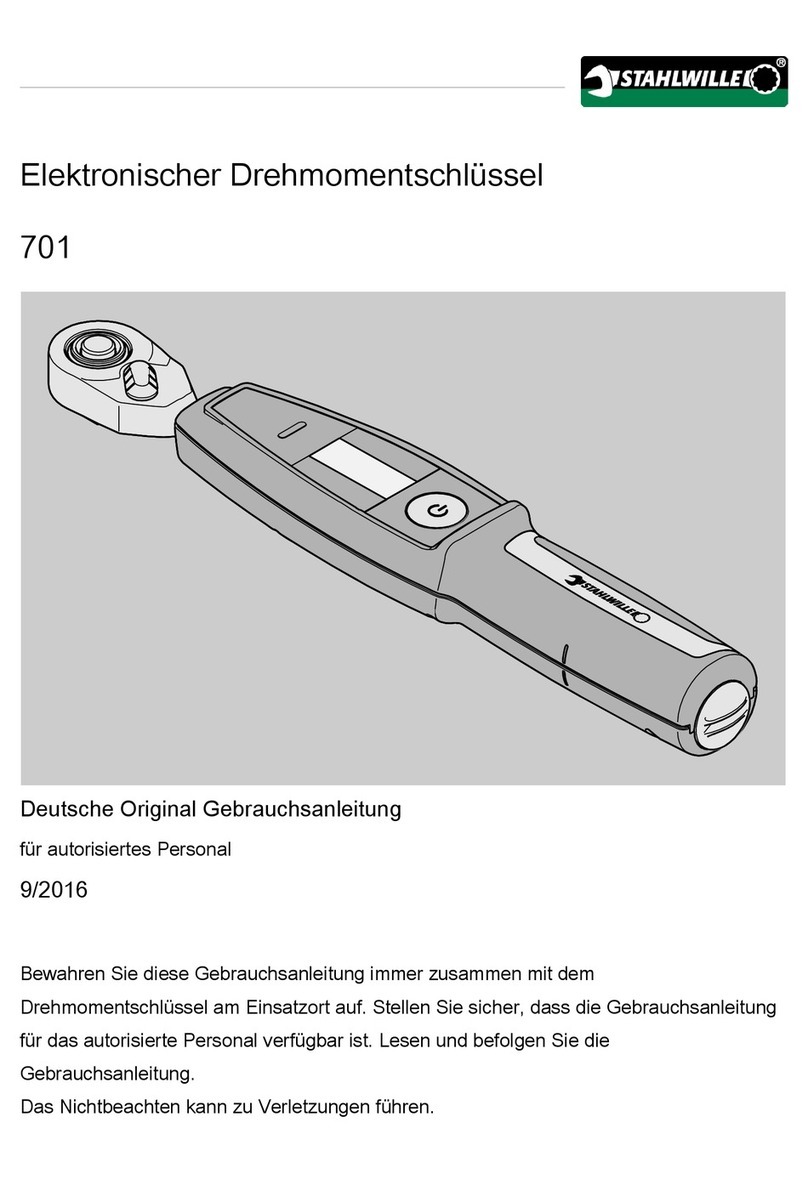
Stahlwille
Stahlwille 701 User manual

Stahlwille
Stahlwille MANOSKOP 721 Quick User manual
Popular Power Tools manuals by other brands
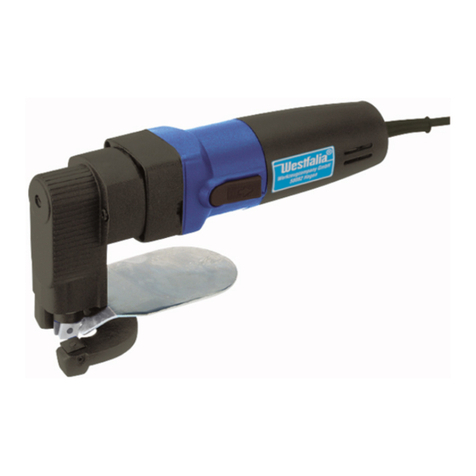
Westfalia
Westfalia 90 00 01 instruction manual
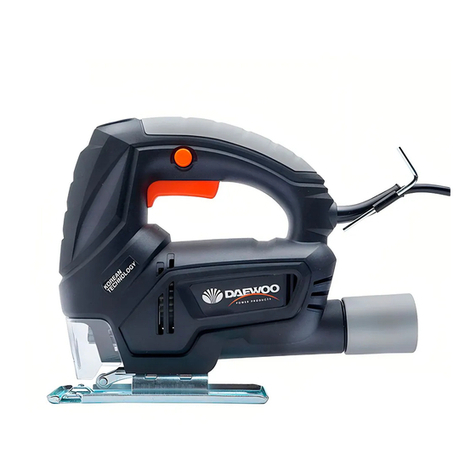
Daewoo
Daewoo DAJS 400 user manual
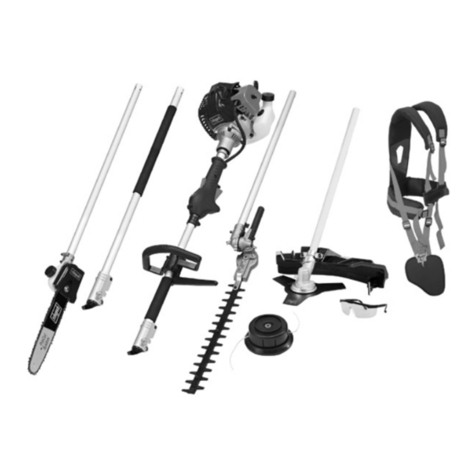
Scheppach
Scheppach MPT3400-4PGE Translation from the original instruction manual

HARTING
HARTING Han-Fast Lock Series owner's manual
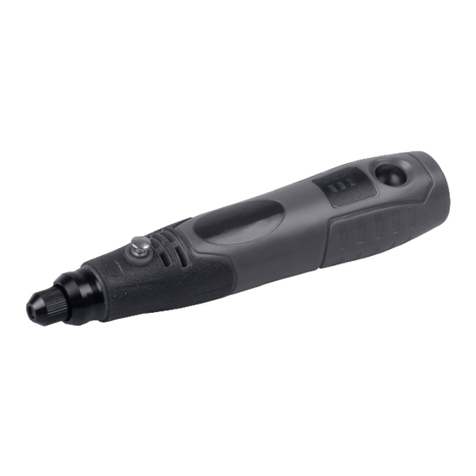
Vortex
Vortex CT503DC Original instructions
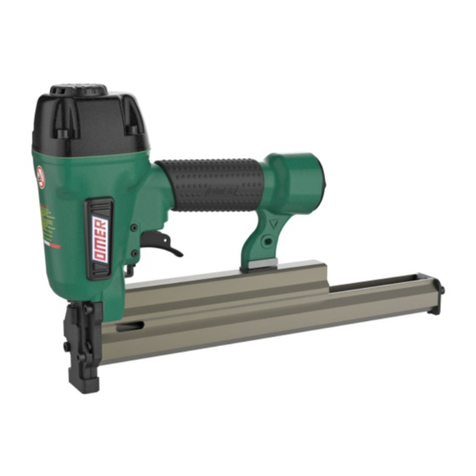
Omer
Omer RFID.25 Use, maintenance and spare parts manual
